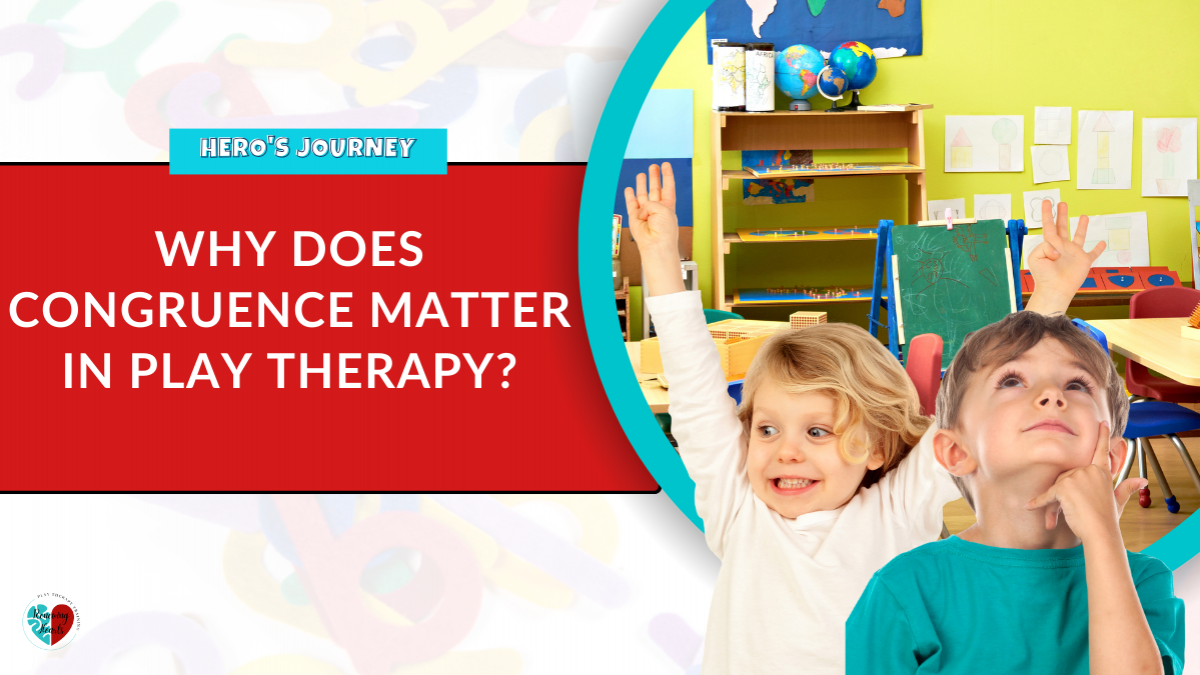Why Does Congruence Matter In Play Therapy

Understanding the significance of congruence through the lenses of neuroscience and attachment theory can offer profound insights into the therapeutic process. In this blog post, we'll dive into the importance of congruence, how it impacts the therapeutic relationship, and how insights from neuroscience and attachment theory can enhance our practice.
Defining Congruence:
Congruence, in the context of play therapy, refers to aligning our internal experiences with our external expressions within the therapeutic space. It entails creating a safe and secure environment where clients can feel unconditionally accepted and understood, facilitating their access to the therapeutic benefits of play.
The Role of Neuroscience and Attachment Theory:
Drawing from the work of Daniel Siegel and attachment theorists, we understand that children's ability to engage in play therapy is contingent upon feeling safe and secure. Resonance circuits, as described by Siegel, play a crucial role in fostering connection and regulation between therapist and client. Understanding and leveraging these circuits can aid in establishing trust and facilitating healing.

Developing Therapeutic Use of Self:
A core competency in play therapy is the development of therapeutic use of self, rooted in a theoretical model and tailored to meet the needs of each client. Whether employing child-centered play therapy or other modalities, therapists must authentically convey unconditional positive regard and empathy while maintaining congruence.
Navigating Self-Awareness:
Self-awareness emerges as a cornerstone skill for therapists, enabling them to differentiate between their internal experiences and those of their clients. By cultivating mindfulness and attunement, therapists can better regulate their responses and stay grounded in the therapeutic process.
Enhancing Parental Engagement:
Recognizing the importance of parental involvement, particularly in work with children and adolescents, therapists should extend congruent support to parents. Integrating parents into the therapeutic process fosters a holistic approach to healing and equips families with valuable co-regulation skills.
Conclusion:
Congruence, informed by neuroscience and attachment theory, serves as a catalyst for transformative change in play therapy. By honing self-awareness, understanding resonance circuits, and embracing therapeutic use of self, therapists can create a nurturing environment where clients feel seen, heard, and empowered to navigate their healing journey.
If you're interested in diving deeper into play therapy and maximizing your therapeutic impact, consider exploring Play Therapy Academy—a comprehensive program designed to support therapists in honing their skills and achieving meaningful outcomes for their clients.
Categories: : Neuroscience of attachment, Play Therapy, Podcast
 Cathi Spooner
Cathi Spooner 
